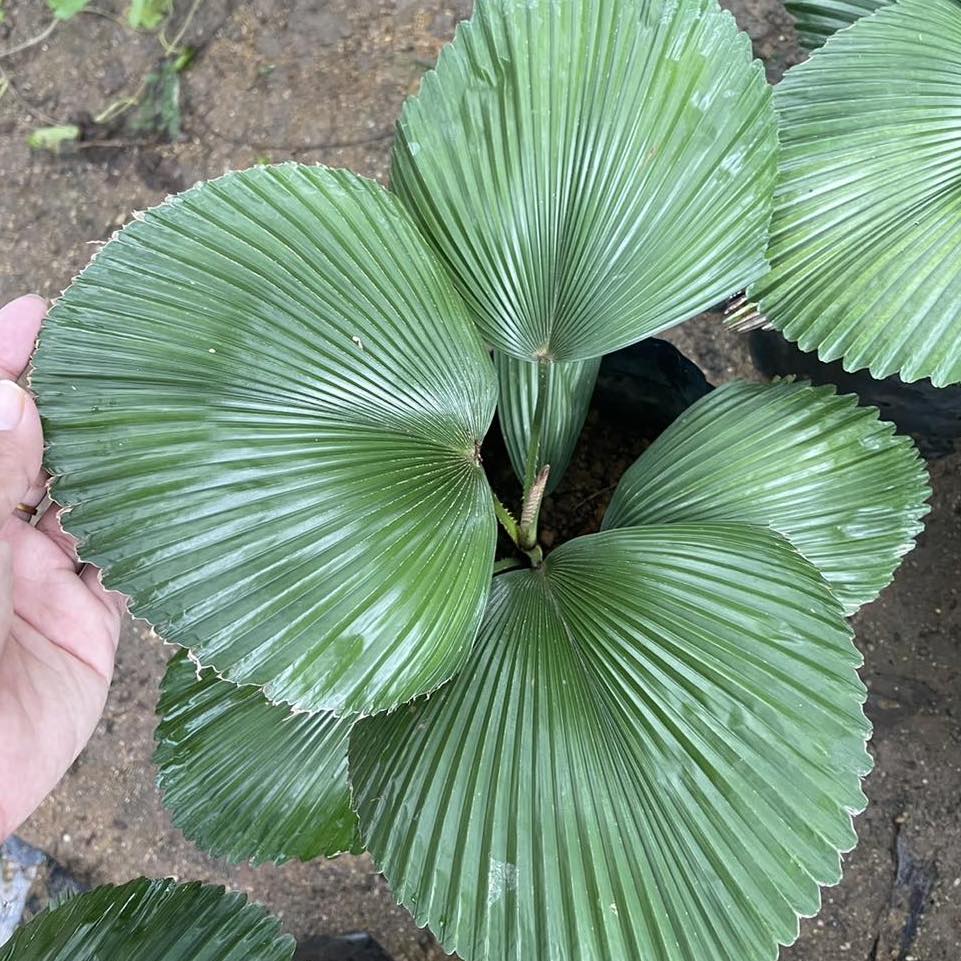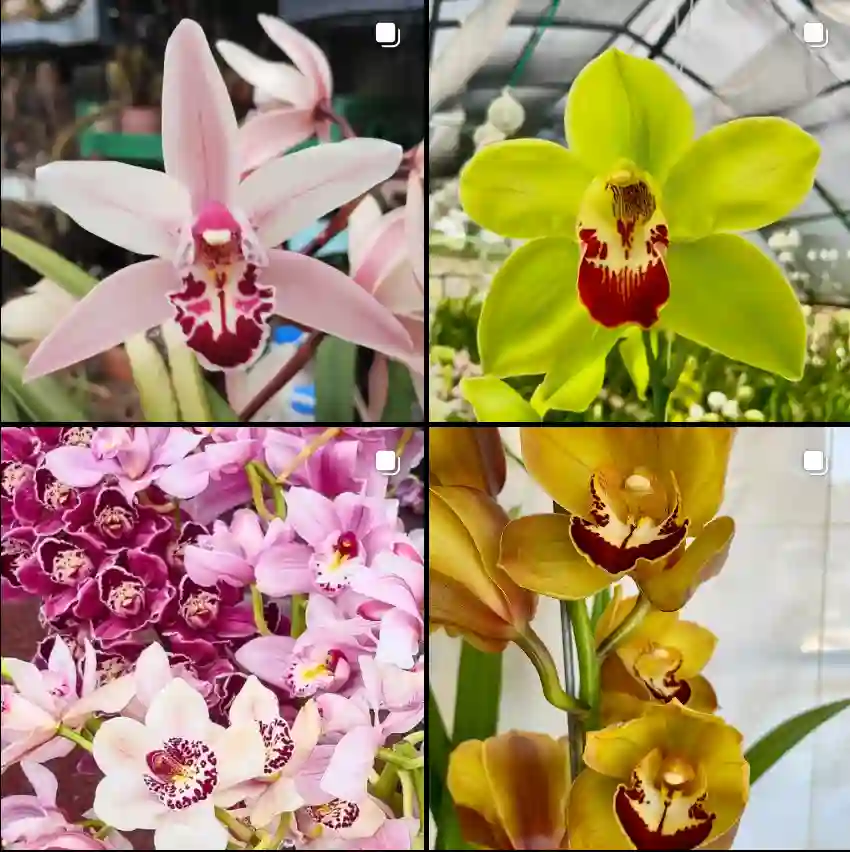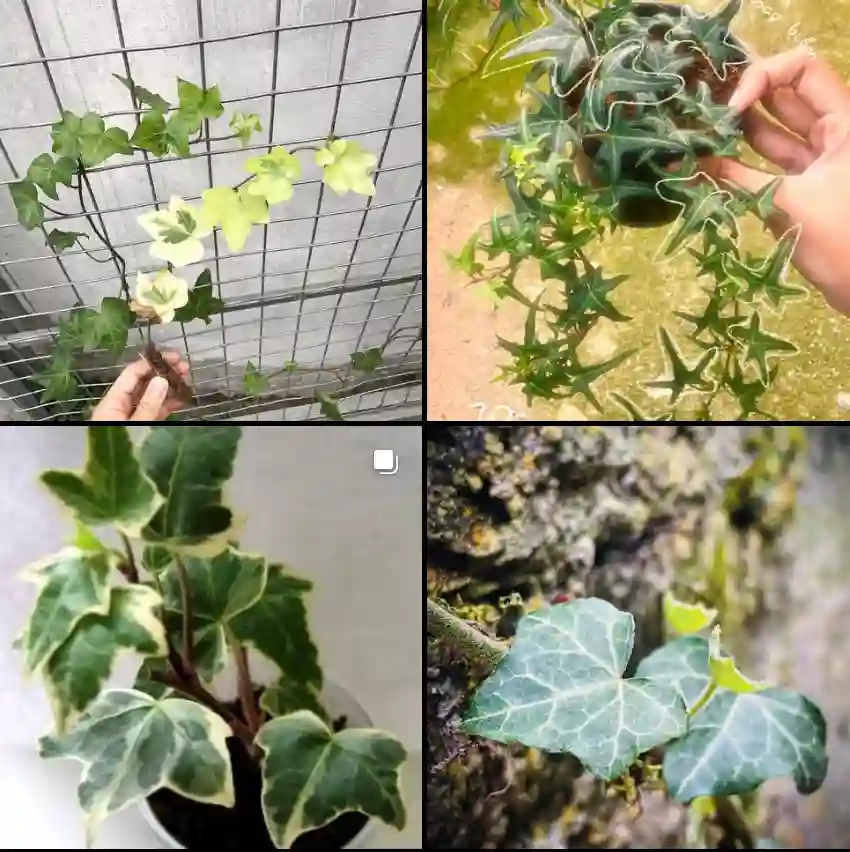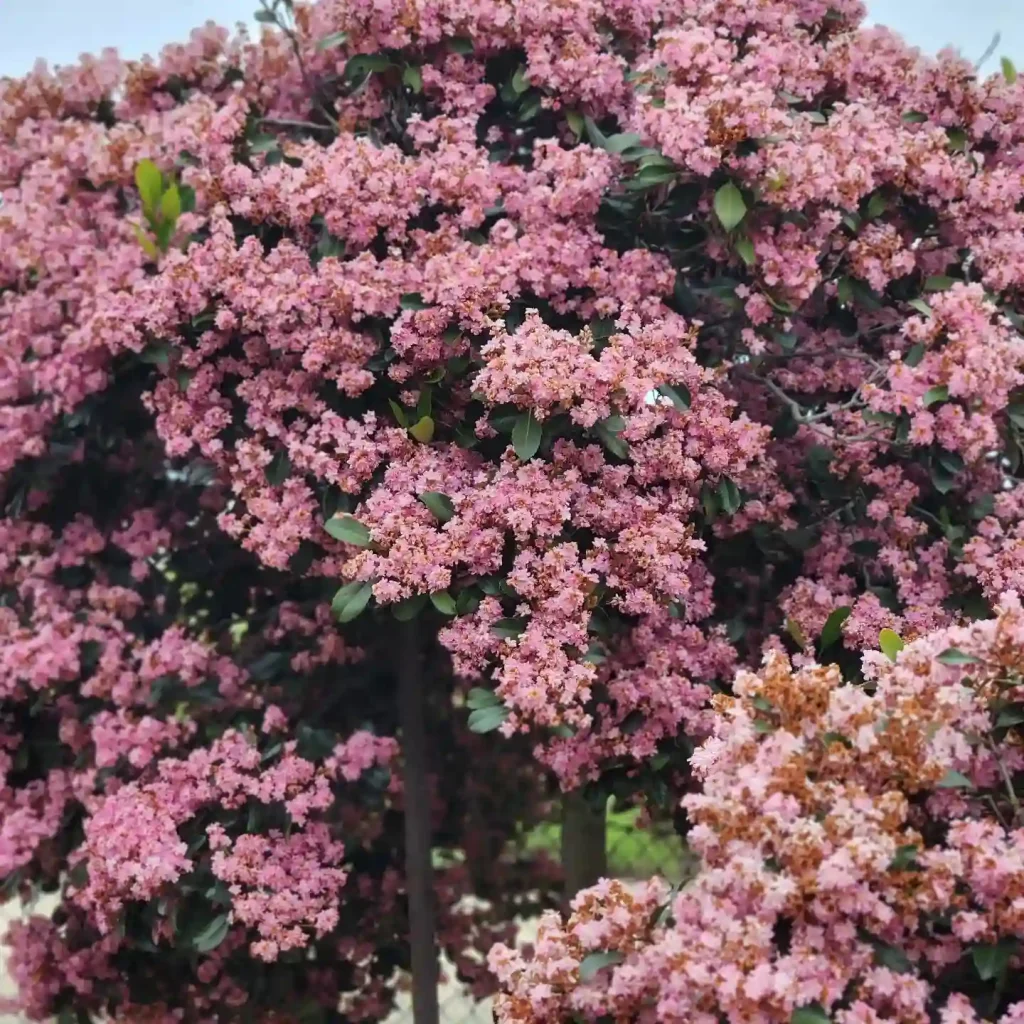
What is Hibiscus Diana?
There’s a certain magic to a plant that thrives with minimal fuss and explodes with blooms throughout the summer. That’s exactly what I found in the Hibiscus Diana, a stunning variety of the Rose of Sharon. Since introducing this beauty to my garden, it’s become a constant source of joy, and I often find myself drawn to its elegant white flowers.
For those unfamiliar with the Rose of Sharon, it’s a deciduous shrub known for its vibrant summer blooms. The Hibiscus Diana takes this a step further with its large, saucer-shaped, pure white blossoms that unfurl continuously from late June until the first frost. These aren’t your average white flowers either. The petals have a delicate, almost translucent quality, and the way they catch the sunlight is truly mesmerizing.
439 Species in Genus Hibiscus
How to plant and care for Hibiscus Diana?
The beauty of the Hibiscus Diana is matched by its ease of care. It thrives in full sun, although it can tolerate some afternoon shade in hotter climates. As for soil, well-draining, slightly acidic soil is ideal. Amending your existing soil with compost before planting is a good idea to ensure proper drainage and provide essential nutrients.
Once planted, watering is key, especially during the first year. Aim for deep watering every few days, allowing the soil to dry slightly between waterings. As the plant matures, its water needs decrease, and established Hibiscus Dianas become quite drought tolerant.
Feeding isn’t strictly necessary, but a light application of balanced fertilizer in early spring can encourage even more blooms. When it comes to pruning, the Hibiscus Diana is fairly forgiving. You can prune for shape and size in late winter or early spring before new growth emerges.
How to propagate Hibiscus Diana?
Sharing the beauty of the Hibiscus Diana is easy thanks to its ability to be propagated through stem cuttings. Here’s how:
- In late summer or early fall, select healthy, non-flowering stems that are about 6-8 inches long.
- Remove the lower leaves, leaving a few nodes exposed at the bottom.
- Dip the cut end of the stem in rooting hormone (optional but can improve success rate).
- Plant the stem cutting in a pot filled with a well-draining potting mix.
- Water well and keep the pot in a warm, humid location with indirect sunlight.
- Be patient! Rooting can take several weeks. Once new growth appears, you can gradually acclimate the cutting to outdoor conditions before transplanting it to its permanent location.
Is Hibiscus Diana Hibiscus syriacus Sterile?
This is a question that pops up from time to time. The short answer is no, the Hibiscus Diana is not sterile. While it may produce fewer seeds compared to other Rose of Sharon varieties, it can still set seed under the right conditions. However, the prolific blooming and extended flowering season often leave little energy for seed production.
What to Plant with Your Hibiscus Diana?
The versatility of the Hibiscus Diana makes it a great addition to various garden designs. Here are a few ideas for companion plants:
- Low-growing perennials: Lavender, Russian sage, and catmint provide a beautiful contrast to the Hibiscus Diana’s upright form and add splashes of color throughout the season.
- Shrubs with contrasting foliage: Adding a dark-leaved shrub like the Ninebark or a burgundy Smokebush creates a stunning textural interplay.
- Climbing vines: Clematis with its delicate flowers adds a touch of whimsy and can be trained to climb the Hibiscus Diana’s branches.
Beyond the Blooms: The Allure of the Hibiscus Diana
The captivating blooms are just one aspect of the Hibiscus Diana’s charm. Its vase-shaped form adds structure to the garden, and the dark green, lobed leaves provide a lush backdrop for the flowers. As the summer heat sets in, the broad foliage offers a welcome patch of shade, making it a great addition to seating areas.
From the first burst of white in late June to the final blooms in fall, the Hibiscus Diana offers a continuous display of elegance. Its minimal care requirements and easy propagation make it a perfect choice for gardeners of all experience levels. So, if you’re looking for a low-maintenance shrub that delivers big on beauty, give the Hibiscus Diana a try. You might just find yourself falling in love with its timeless charm, just like I have.
If i die, water my plants!



